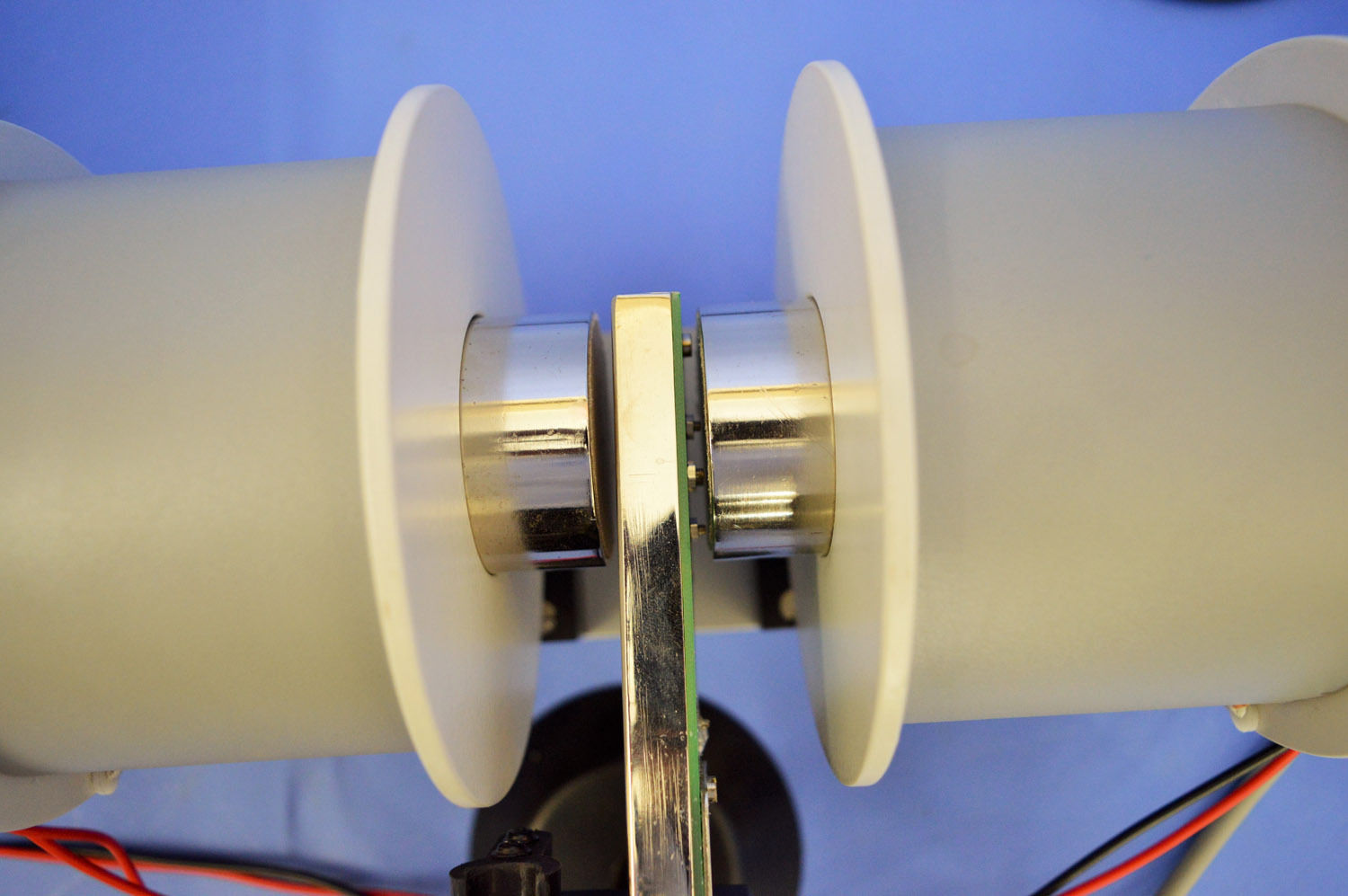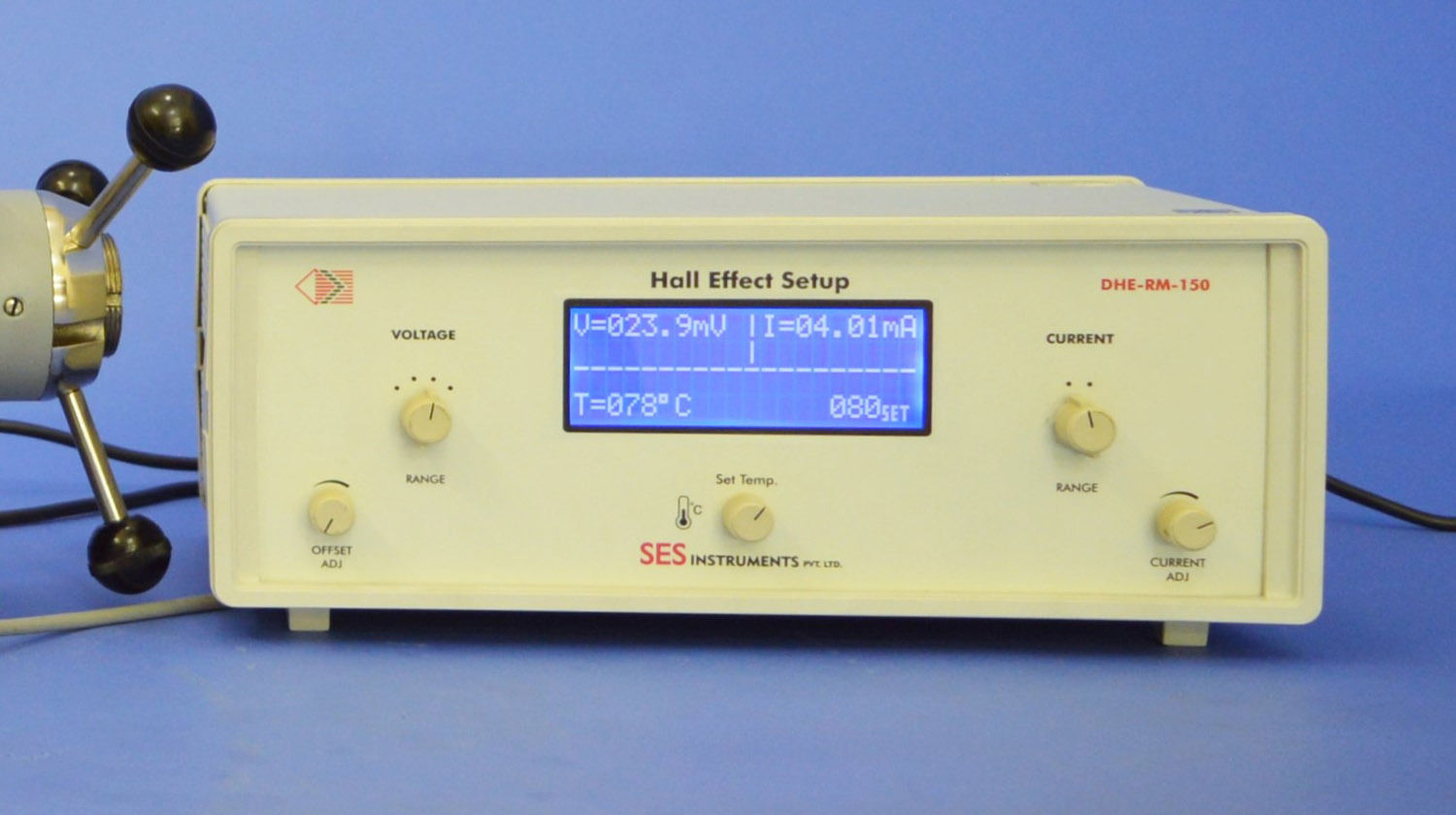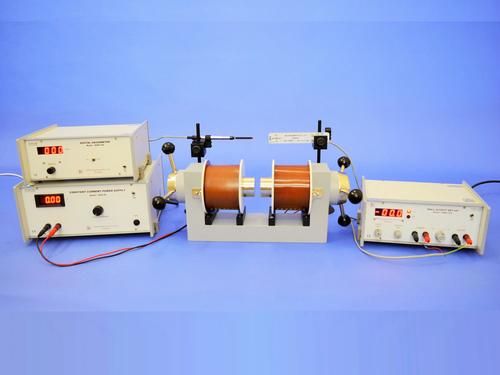Hall Effect Experiment, HEX-RM-150/ HEX-RM-150C
Product Details:
- Weight 150 Kg Kilograms (kg)
- Application Laboratory Experiment
- Material Electronics
- Color Grey
- Usage Laboratory Experiment
- Display Type Digital
- Click to View more
Hall Effect Experiment, HEX-RM-150/ HEX-RM-150C Price And Quantity
- 1 Set
Hall Effect Experiment, HEX-RM-150/ HEX-RM-150C Product Specifications
- Grey
- Laboratory Experiment
- Laboratory Experiment
- 150 Kg Kilograms (kg)
- Digital
- Electronics
Hall Effect Experiment, HEX-RM-150/ HEX-RM-150C Trade Information
- Cash Against Delivery (CAD), Cash on Delivery (COD), Cash Advance (CA), Cash in Advance (CID), Cheque, Delivery Point (DP), Telegraphic Transfer (T/T)
- 100 Set Per Month
- 1 Week
- Contact us for information regarding our sample policy
- Complete in all respect
- Asia, Australia, Central America, North America, South America, Eastern Europe, Western Europe, Middle East, Africa
- All India
- ISO 9001: 2015 CE
Product Description
We manufacture, export and supply Hall Effect Experiment, HEX-RM-150/ HEX-RM-150C in Roorkee, Uttarakhand, India.
Introduction
When a current-carrying conductor is placed in a magnetic field perpendicular to the current direction, a voltage develops transverse to the current. This voltage was first observed in 1879 by Edwin Hall and the effect is called Hall Effect.
The Hall effect has since led to a deeper understanding of the details of the conduction process. It can yield the density of the charge carriers as well as their sign. The hall voltage for p-carriers has opposite sign from that for n-carriers. Therefore if a semiconductor with p-type doping is gradually heated up, more and more electrons from its valence band will go to conduction band. As a result hall voltage would fall rapidly with temperature and even become zero or change sign. At the point of zero Hall Coefficient, it is possible to determine the ratio of mobilities b=me/mh . The Hall coefficient inversion is a characteristic of only p-type semiconductors.
The set-up consists of following units:
(i) (a) Hall Probe (Ge : p-type) with a small oven and a Thermocouple, HPP-RM-33
(b) Hall Probe (w/o Sample) with a small oven and a Thermocouple, HPP-RM-33NS
(c) Hall Probe (Ge Crystal - n type), HPN-RM
(d) Hall Probe (Ge Crystal - p type), HPP-RM
(e) Hall Probe (Si Crystal - n type), HPSi-RM
(f) Hall Probe: Bismuth, HPBi-RM
(g) Hall Probe Mount (For 10mmx10mm sample), HP10-RM
(h) Hall Probe Mount (For 5mmx5mm sample), HP05-RM
(ii) Hall Probe Multipurpose Stand, HPS “ 2pcs
(iii) Hall Effect Setup, DHE-RM-150
(iv) Electromagnet, Model EMU-75T
(v) Constant Current Power Supply, DPS-175-C2
(vi) Digital Gaussmeter, DGM-202-C1 (Optional: DGM-204-C2-Item no.10b)
(vii) Computer Aided Measurement Module, SES CAMM-2 (Optional- Extra)
Complete in all respect

Price:
- 50
- 100
- 200
- 250
- 500
- 1000+
 English
English Spanish
Spanish French
French German
German Italian
Italian Chinese (Simplified)
Chinese (Simplified) Japanese
Japanese Korean
Korean Arabic
Arabic Portuguese
Portuguese














 Send Inquiry
Send Inquiry Send SMS
Send SMS
